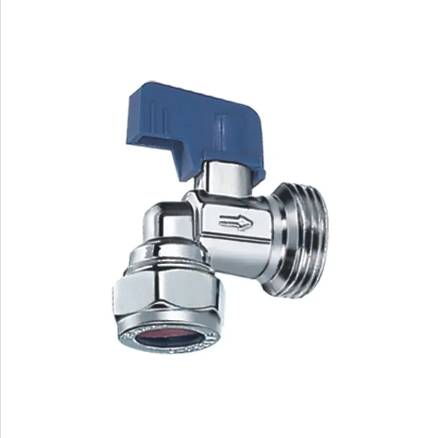1. Wear resistance; since the valve core of the hard-sealed ball valve is made of alloy steel spray welded,
The sealing ring is made of alloy steel surfacing, so the hard-sealed ball valve will not cause much wear when opening and closing. (Its hardness coefficient is 65-70):
2. Good sealing performance; since the seal of the hard-sealed ball valve is manually ground, it cannot be used until the valve core and the sealing ring are completely matched. So its sealing performance is reliable.
3. The switch is light; since the bottom of the sealing ring of the hard-sealed ball valve uses a spring to tightly hold the sealing ring and the valve core together, the switch is very light when the external force exceeds the preload force of the spring.
4. Long service life: It has been widely used in petroleum, chemical industry, power generation, papermaking, atomic energy, aviation, rocket and other departments, as well as in people’s daily life.
The pneumatic ball valve has a simple and compact structure, reliable sealing, and easy maintenance. The sealing surface and spherical surface are always in a closed state and are not easily eroded by the medium. It is easy to operate and maintain. It is suitable for general working media such as water, solvents, acids, and natural gas. It is mainly used for cutting off Or connect the medium in the pipeline, and can also be used for the regulation and control of fluids.
Ball valves are divided into: floating ball valve, fixed ball valve, track ball valve, V-shaped ball valve, three-way ball valve, stainless steel ball valve, cast steel ball valve, forged steel ball valve, ash discharge ball valve, sulfur-resistant ball valve, pneumatic ball valve, electric ball valve, card sleeve Ball valves, welded ball valves.
According to the classification of shell/body material, ball valves can be divided into:
1. Metal material valves: such as carbon steel valves, alloy steel valves, stainless steel valves, cast iron valves, titanium alloy valves, Monel valves, copper alloy valves, aluminum alloy valves, lead alloy valves, etc.
2. Metal body lined valves: such as rubber-lined valves, fluorine-lined valves, lead-lined valves, plastic-lined valves, and enamel-lined valves.
3. Non-metal material valves: such as ceramic valves, glass valves, and plastic valves.
There are many domestic ball valve manufacturers, and most of the connection sizes are not uniform. Mainly divided into the following categories:
The ball of the ball valve is floating. Under the action of medium pressure, the ball can produce a certain displacement and press tightly against the sealing surface of the outlet end to ensure the sealing of the outlet end.
Post time: Jan-16-2024
![S6}K}LZZ9[)V{]7XV7N3T[I](https://cdn.globalso.com/valvejielong/S6KLZZ9V7XV7N3TI.png)
